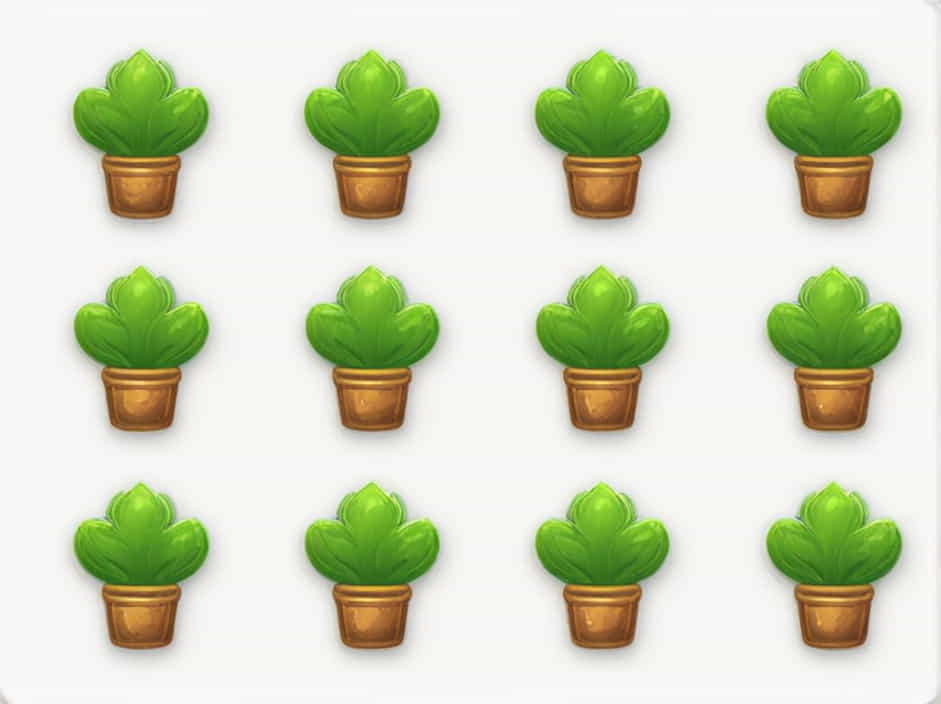Rubber is one of the most valuable natural resources, widely used in various industries, including automotive, manufacturing, and healthcare. But have you ever wondered what type of vegetation rubber belongs to?
Rubber comes from the rubber tree (Hevea brasiliensis), which is primarily grown in tropical regions. This tree belongs to a specific type of vegetation that thrives in hot, humid climates with heavy rainfall. In this topic, we will explore the type of vegetation rubber belongs to, its characteristics, and its global significance.
Rubber and Its Vegetation Type
1. Rubber Belongs to Tropical Rainforest Vegetation
Rubber trees are mainly found in tropical rainforest regions, where they grow naturally or are cultivated on plantations. Tropical rainforests provide the ideal conditions for rubber trees, including:
- High temperatures (25-35°C)
- Heavy rainfall (over 2000 mm per year)
- High humidity (above 80%)
- Rich, well-drained soil
These conditions help rubber trees produce latex, the milky substance used to make natural rubber.
2. Rubber as a Part of Evergreen Vegetation
Since rubber trees are evergreen, they retain their leaves throughout the year. Unlike deciduous trees that shed their leaves in specific seasons, rubber trees remain green and continue producing latex all year round, making them valuable for continuous rubber production.
Where Are Rubber Trees Grown?
1. Natural Habitat of Rubber Trees
Originally, rubber trees were native to the Amazon rainforest in South America. Countries like Brazil, Peru, and Colombia had abundant natural rubber forests before rubber plantations spread to other parts of the world.
2. Commercial Rubber Plantations
Today, most rubber is grown in Southeast Asia, particularly in:
- Thailand – The largest producer of natural rubber
- Indonesia – One of the top exporters of rubber
- Malaysia – Known for its high-quality rubber production
- India – Major rubber plantations in Kerala and Tamil Nadu
- Vietnam and Sri Lanka – Growing rubber industries
These countries dominate the global rubber market due to their tropical climate and suitable soil conditions.
Characteristics of Rubber Tree Vegetation
1. Grows in Humid and Rainy Climates
Rubber trees require consistent rainfall and high humidity to produce latex efficiently. Dry climates are not suitable for rubber plantations.
2. Deep and Well-Drained Soil
Rubber trees thrive in fertile, well-drained soil that retains moisture but prevents waterlogging. Loamy and lateritic soils are best for rubber cultivation.
3. Sensitive to Frost and Cold Weather
Rubber trees do not survive in cold temperatures. They are highly sensitive to frost, which can damage their latex-producing ability. This is why rubber plantations are limited to tropical and subtropical regions.
4. Tall, Straight Trunks with Latex-Producing Bark
The rubber tree can grow up to 30-40 meters tall in the wild, but cultivated rubber trees are usually pruned to 20-25 meters for easier latex extraction. The tree’s bark contains latex vessels, which produce the milky sap used for making rubber.
How Is Rubber Extracted from Its Vegetation?
1. Tapping the Rubber Tree
Rubber is obtained through a process called tapping, where farmers make small cuts in the tree’s bark to collect the latex. This process does not harm the tree and allows for continuous latex extraction.
2. Coagulation and Processing
The collected latex is processed by adding chemicals to solidify the rubber, which is then used in making tires, gloves, footwear, and industrial products.
The Importance of Rubber Tree Vegetation
1. Economic Value
Rubber plantations support millions of farmers worldwide, contributing to the economy of countries like Thailand, Indonesia, and India.
2. Environmental Benefits
Rubber trees help in carbon sequestration, absorbing CO₂ from the atmosphere and contributing to climate change mitigation.
3. Industrial Significance
Natural rubber is crucial for manufacturing tires, medical gloves, conveyor belts, and sports equipment, making it a valuable raw material globally.
Rubber belongs to tropical rainforest vegetation, thriving in hot, humid, and rainy environments. It is primarily cultivated in Southeast Asia, South America, and parts of Africa, where it supports large-scale rubber industries.
As one of the most economically and environmentally important crops, rubber trees play a vital role in global trade, industry, and ecological balance. Understanding their vegetation type helps in promoting sustainable rubber cultivation for future generations.
